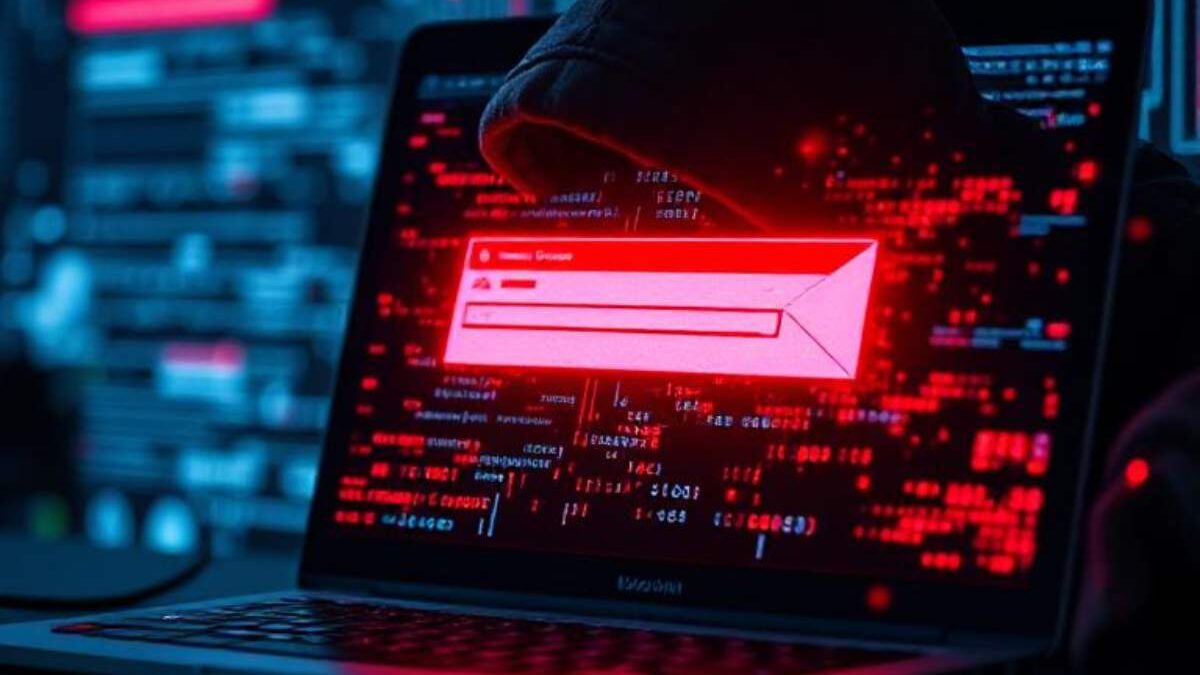Phishing attacks have been around for decades, but their methods and sophistication have evolved significantly over time. From basic scams to highly targeted, sophisticated attacks, phishing has become a major cybersecurity threat. This blog will look at how phishing attacks have transformed and what we can do to protect ourselves.
Table of Contents
The Early Days of Phishing
Phishing attacks began in the 1990s when cybercriminals first started using email to trick people into divulging personal information. These early phishing attempts were relatively simple. An attacker would send a message pretending to be a legitimate company, like a bank, asking the recipient to click on a link or provide sensitive information, like passwords or credit card numbers.
The emails were often filled with glaring signs of fraud, such as poor grammar and obvious fake logos. Back then, phishing was more of a numbers game. Attackers would send thousands of emails to random people, hoping a small percentage would fall for the scam. Though these attacks were easy to spot, they still caused significant damage to those who weren’t cautious.
The Rise of Spear Phishing
As time went on, phishing became more targeted. Spear phishing, a type of phishing attack where the attacker tailors their message to a specific individual or organization, emerged in the 2000s. Unlike generic phishing, spear phishing involves gathering information about a target, such as their job title, personal interests, or relationships, to craft a more convincing message.
With the rise of social media and the increased sharing of personal information online, attackers now had a wealth of data to exploit. Spear phishing emails were no longer vague or suspicious; they could appear highly credible, coming from a person the target knew or a trusted source. To help protect against these more advanced attacks, businesses often turn to robust security systems, such as the M Series Firewalls, which offer advanced threat detection and prevention capabilities. These firewalls can help organizations block phishing attempts and other malicious traffic before it infiltrates the network.
Whaling: The Corporate Target
As phishing techniques continued to evolve, attackers began to target high-profile individuals, such as executives or high-ranking officials. This type of phishing is known as “whaling.” Whaling involves carefully researching an individual’s position, business practices, and online presence to create an email that appears legitimate.
Whaling attacks often involve impersonating top-level executives, such as CEOs, and using their identity to request sensitive information or fund transfers. These attacks can be devastating for businesses, as they target individuals with access to large amounts of sensitive data and funds.
The Advent of Vishing and Smishing
Phishing attacks also expanded beyond email. Vishing (voice phishing) and smishing (SMS phishing) emerged as attackers began to exploit phone calls and text messages. In vishing attacks, attackers impersonate trusted institutions, such as banks or government agencies, over the phone to steal sensitive information. On the other hand, Smishing uses text messages to trick recipients into clicking on malicious links or divulging personal information.
Both vishing and smishing are harder to detect than email-based phishing, as they use familiar forms of communication that many people trust. The rise of these methods has led to increased concerns about the security of personal devices and communication channels.
Phishing as a Service
In recent years, phishing attacks have become more accessible to cybercriminals through the advent of phishing-as-a-service platforms. These platforms allow attackers to purchase phishing kits and services, even if they lack technical expertise. This democratization of phishing has led to an increase in the number of phishing campaigns, as even amateur hackers can launch successful attacks.
Conclusion: Staying Safe in the Age of Evolving Phishing
Phishing attacks have become more sophisticated, targeted, and difficult to detect over the years. While it’s crucial to be aware of these evolving tactics, there are steps you can take to protect yourself. As phishing continues to evolve, staying vigilant is key to preventing these attacks.

